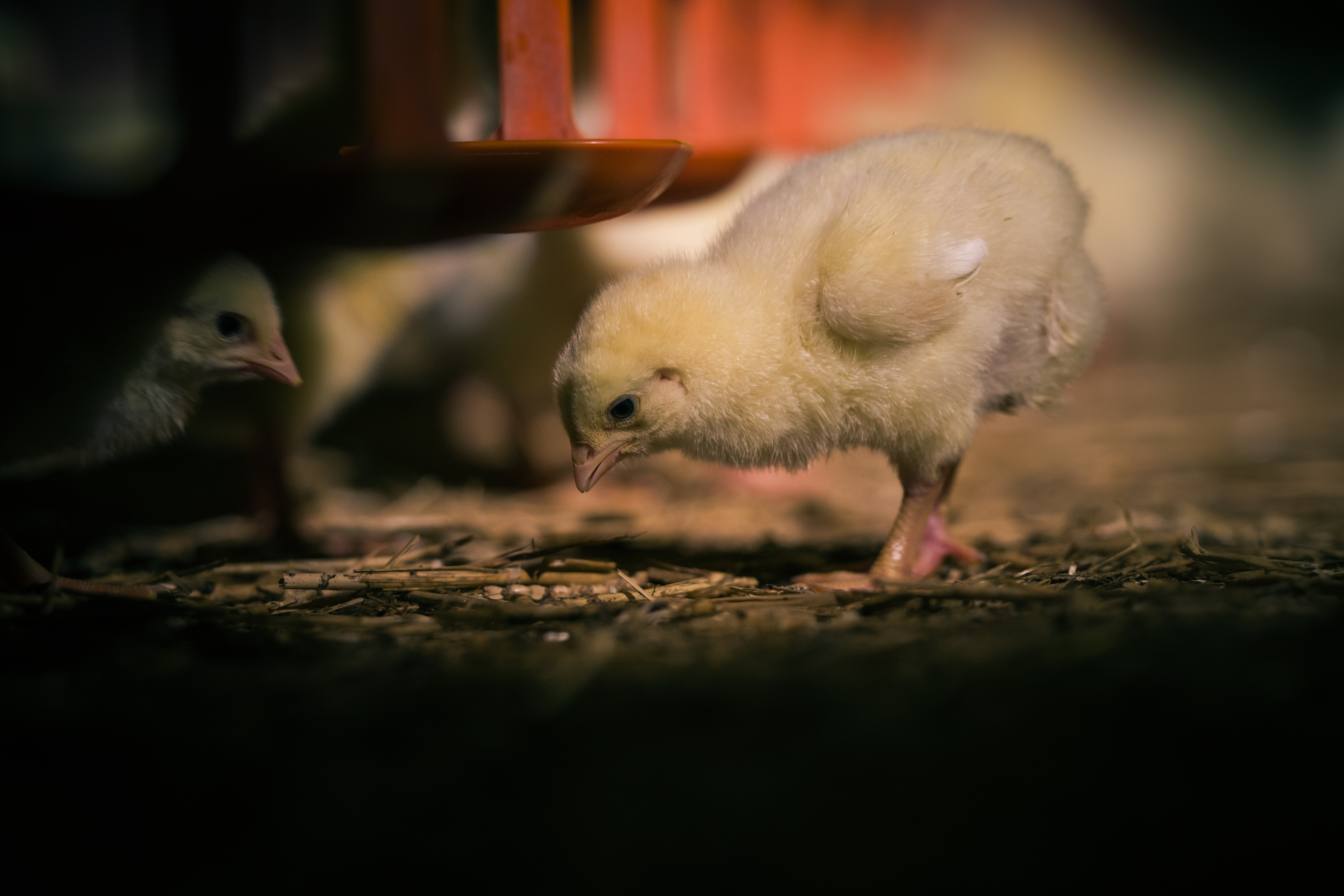
External balance
The young animal is brought into contact with the germ flora of its environment at the moment of birth. The composition of this germ flora is crucial, because it colonizes the skin and mucous membranes of the young animal, and thus defines its subsequent health as an adult animal. It is therefore essential to minimize the microbial burden on the environment of the animal and to minimize the infection pressure caused by pathogenic bacteria.
How to achieve the external balance?
Proper cleaning and disinfection ensure the external environment is well adjusted. The cleaning removes organic matter that acts as a breeding ground for microbes. Thus, a significant reduction in the number of bacteria is achieved, and this creates the basis for efficient disinfection. It always comes back to the golden rule of hygiene "dirt cannot be disinfected". After proper cleaning, disinfection is performed to lower the overall germ load and to reliably kill specific dangerous pathogens.
Internal balance
The health of the microbiome is crucial. The microbiome is defined as the whole of the cells of the intestinal mucosa (cells for absorption, secretion, and defense), the intestinal mucus and the bacteria contained in this mucus. The diversity of these bacteria is immensely important because they are crucial for feed conversion. The internal environment of the animal should be influenced in such a way that here too the pathogenic germs (eg. salmonella) have no chance to multiply, but in such a way that the desired bacteria feel well (eg. lactobacilli).In addition, the intestinal wall should be relaxed and the intestinal mucosa free from inflammatory reactions. This is the only way to prevent clinical or subclinical infectious diarrheal diseases caused by pathogenic microbes as well as aseptic inflammations caused by disturbance the intestinal flora. An irritated mucous membrane, a cramping intestinal musculature, and an unbalanced intestinal flora lead to absorption disorders, which means that the animals are unable to correctly convert the feed into performance, and this leads to a loss of profit.
How to achieve internal balance?
Drinking water hygiene: It is essential to keep the drinking water clean. Anything that gets into the water leaves a residue. Depending on the hardness of the water, mineral deposits form. Medication and all additives leave organic deposits. All this leads to the formation of a biofilm, which acts as a breeding ground for microbes and thus represents a constant source of infection for the animals.
Acidification of drinking water: Acids cause a lowering of pH in the intestine so that pathogenic bacteria are unable to multiply, but the desired bacteria feel very well. In addition, the acid directly attacks the cell wall of pathogenic germs.
Essential oils: They generally have an anti-inflammatory and pro-secretory effect on all mucous membranes as well as a relaxing effect on the smooth muscles of internal organs. They also act as a forerunner of organic acids, enabling them to penetrate the cell wall of pathogens more easily.
Both organic acids and essential oils increase the palatability of the drinking water for the animals, thus ensuring a sufficient intake.
With the correct adjustment of the inner and outer balance, you can give your stock the best chance for a successful production cycle, and thus ensure the economic efficiency of your business.
Author: DVM Marie Cauzard, CID LINES
